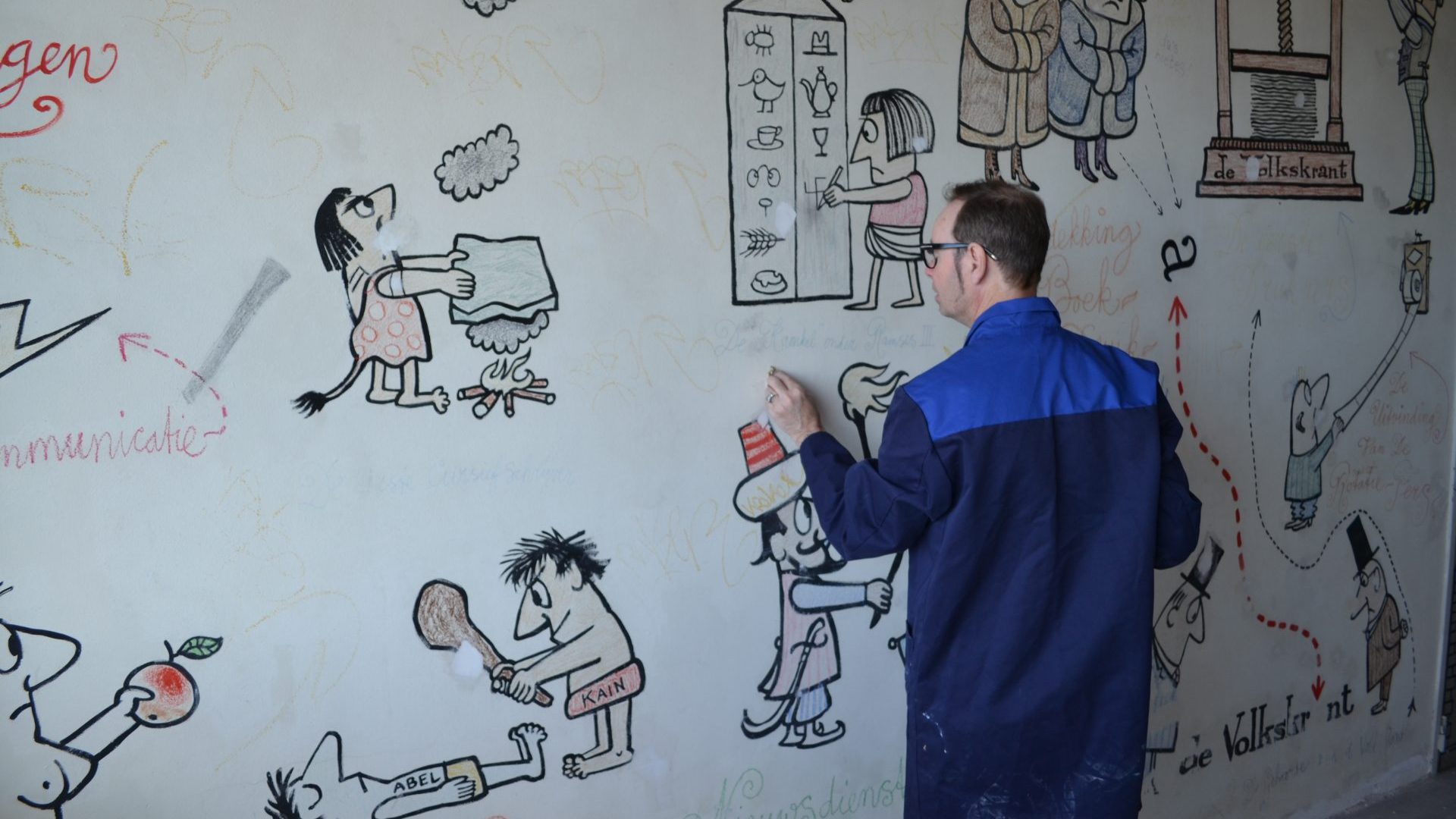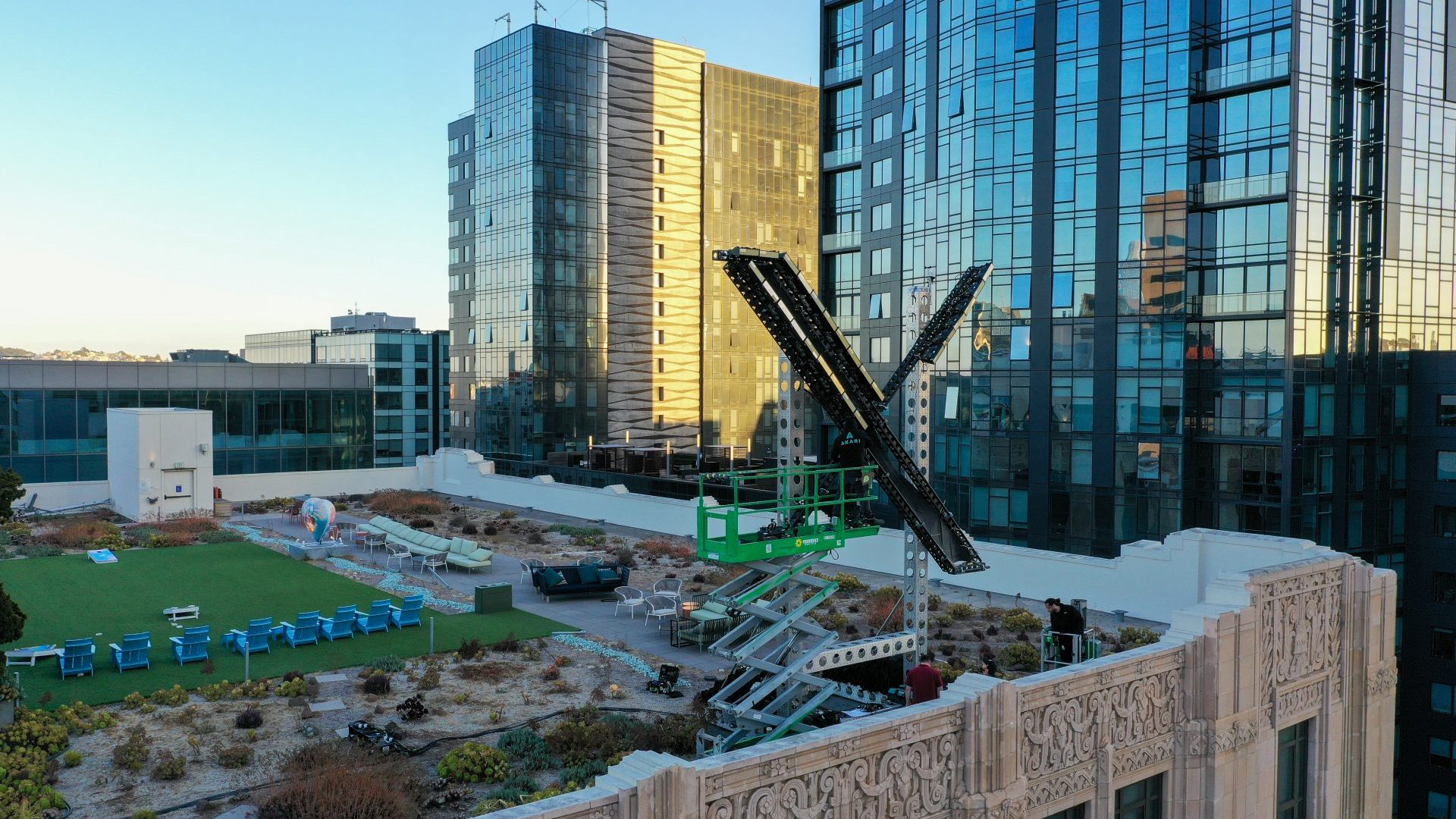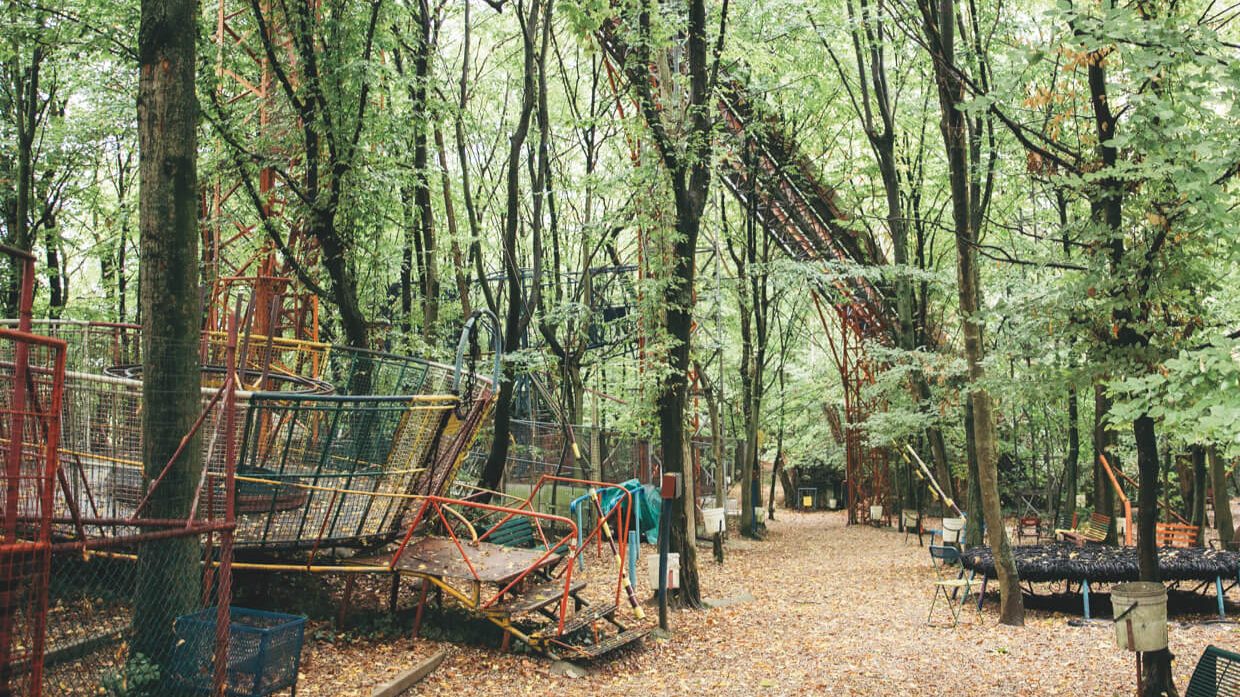Amsterdam is a city of newspapers. Take Het Parool, for example (it means the Watchword). That one started out as a stencilled newsletter distributed during the second world war by the Dutch resistance. Circulation rose to around 100,000, and as its wartime influence grew, numerous writers and distributors were captured and killed.
After the dark days of war, Amsterdam became a haven for threatened journalists. “There should be no doubt: those who target independent and free journalists ultimately target our democracy and the rule of law,” says the city’s mayor, Femke Halsema.
So it was especially shocking when, in July 2021, the crusading investigative reporter Peter R de Vries was shot and killed in Amsterdam. The motive remains unclear, but nine suspects go to trial early next year, and the sea of flowers left at the scene of the shooting has led to plans for a permanent memorial nearby in Leidseplein. The artist Rini Hurkmans is working on the design.
“I think it can lift Leidseplein,” says the mayor. “It’s a large monument you can touch, you can walk under. I think it has lasting significance for the city.” The monument will be unveiled in July next year.
In Wibautstraat on the eastern shores of the busy Amstel River is the slab-like Volkshotel, once home to De Volkskrant (the People’s Paper). Gone are the old printing presses, and in their place are hot-desking air-podded laptoppers, tap-tapping away.
Upstairs, in room 527, the walls are covered in cartoons that were uncovered midway through the building’s renovation. They are by Opland – the pseudonym for De Volkskrant’s beloved illustrator, Rob Wout. He is perhaps best known for his 1980s anti-nuclear cartoon, of a woman kicking away a missile.
Once a leading centre-left Catholic broadsheet, De Volkskrant merged with Het Parool and then with another title, Trouw (Loyalty). Trouw in turn dates back to the second world war, this time to the Dutch Protestant resistance – there’s no escaping the war here – and the three papers occupied a set of large buildings on Wibautstraat. It was there, during the 1983 kidnapping of the beer magnate Freddy Heineken, that Peter R. de Vries made his name.
Nieuwezijds Voorburgwal, Amsterdam’s Fleet Street, runs south from Centraal Station. And just like Fleet Street, the newspapers all moved out in search of space for new printing presses, but their legacy remains.
The INK Hotel Amsterdam MGallery, at number 67, has a bar called The Pressroom, once filled with printing presses for De Tijd (the Times). Its signature cocktail is the gin-based “INKredible”, which comes topped with a few dots of red ink. In the lobby is the original desk and chair occupied by the paper’s editor.
Anne de Graaf is the son of a wartime resistance newspaper legend. I contacted him via the (second world war) Resistance Museum, beside the zoo, which itself has an unlikely story as a place where Jewish residents hid during the war, among the starving animals.
De Graaf takes me to Centraal Station, with its ornate, wildly oscillating weather vane high up on the front of the building. His father used to carry disguised packages of Trouw newspapers into the station, under the noses of Nazi soldiers and plain-clothed policemen. He distributed the papers right up until the liberation.
At the station’s entrance, De Graaf involuntarily raises a hand to his throat – indicating a stifling, suffocating feeling – looks at me dead on and asks: “Can you imagine?”



